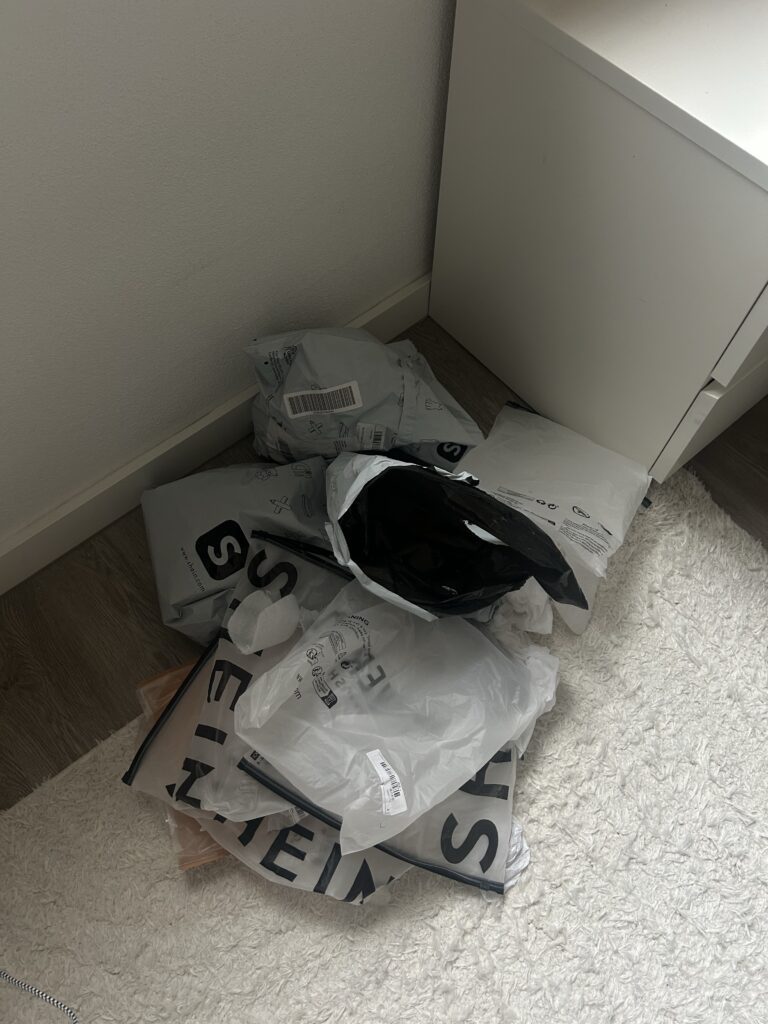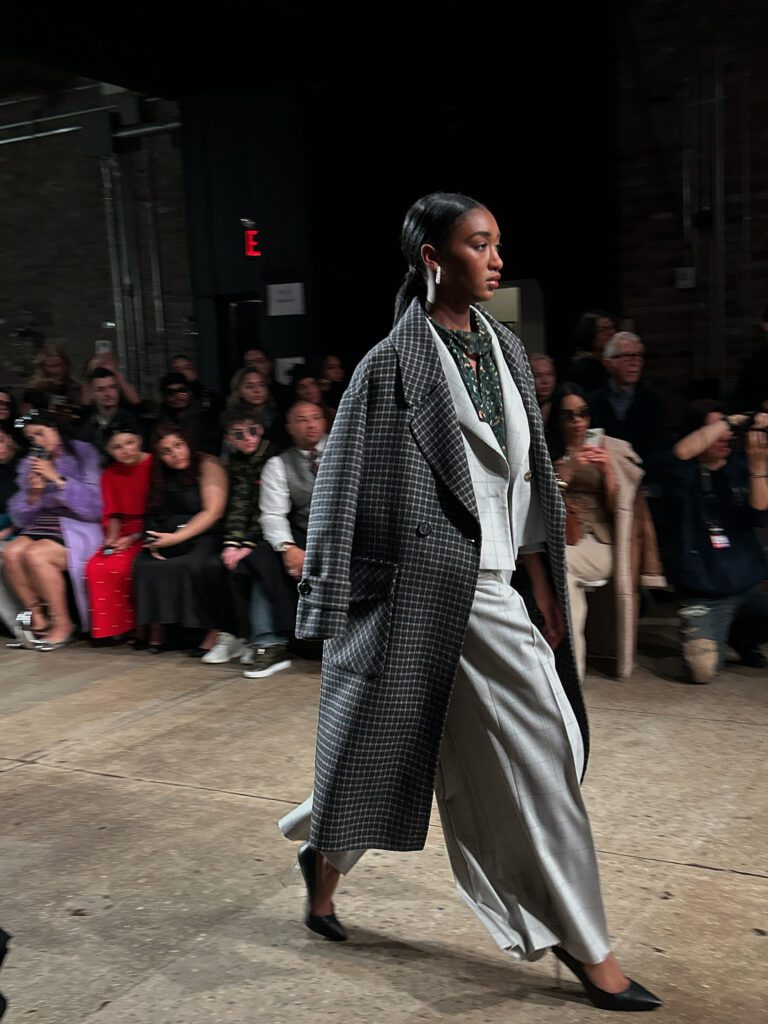Even though the problem seems bigger than us, every buying choice counts.
Coming from a family with a fashion background, I learned the importance of buying quality clothes that last. My grandmother, a seamstress at a major Spanish design house after the Civil War, taught me to see clothes as investments. However, I lost this mindset when fast fashion took over. Buying lots of cheap clothes made me feel disconnected from my wardrobe. The clothes meant nothing to me and didn’t align with my values or who I wanted to be.
For the people making our clothes to earn a living wage, prices need to be consistent. It’s common sense. If a brand’s prices are low, it’s not the brand paying the difference.
Even though the problem seems bigger than us, every buying choice counts. Each purchase is a vote for how you want the fashion industry to operate. In fact, 80% of fashion’s impact comes from consumers. If you want to start making more conscious choices, here are some steps to take:
1. BE CURIOUS. LEARN.
Watch “The True Cost,” a life-changing documentary by Andrew Morgan, on Netflix or rent it on YouTube. Another option is the free online Fashion and Sustainability course from the London College of Fashion. Read resources like the Fashion Revolution website, which offers links to reports and organizations.
2. GIVE ORGANIC COTTON A GO.
Cotton is one of the thirstiest crops, using 2,700 liters of water to produce a single t-shirt. Switching to organic cotton reduces water usage by 71% and water pollution by 98%. Ensure the organic label is certified, as some brands falsely claim their cotton is organic.
3. IT'S OK NOT TO COVER EVERYTHING.
No brand can excel in every aspect of sustainability. It’s important for brands to have clear goals and ensure they aren’t failing in other areas. Some brands focus on social impact, others on environmental objectives or animal welfare. Research brands, understand your values, and avoid greenwashing. Use our Sustainable Brand Directory on the website to filter brands based on your values, location, and style. It makes finding ethical and eco-friendly options easier.
4. PUT AN END TO THE STIGMA: SUSTAINABILITY IS AFFORDABLE.
Fair production may come with a higher price, but the sustainable fashion industry offers various options. Independent designers and sustainable brands often sell products at fairs and sample sales, providing opportunities to find bargains and discover new brands. Vintage, charity, and second-hand shops are other great options for affordable sustainable clothing.
5. RELOVE, REPAIR AND RECYCLE. MAKE YOUR CLOTHES LAST.
Cherish clothes with history. Don’t throw away a shirt because you’re bored of it or a blouse because it’s stained. Use patches, thread, and buttons to repair and embellish garments, giving them a new life. Loved clothes last and tell a story.
Written by Maria Jose Contreras.
Join the Club
Like this story? You’ll love our monthly newsletter.
Thank you for subscribing to the newsletter.
Oops. Something went wrong. Please try again later.






